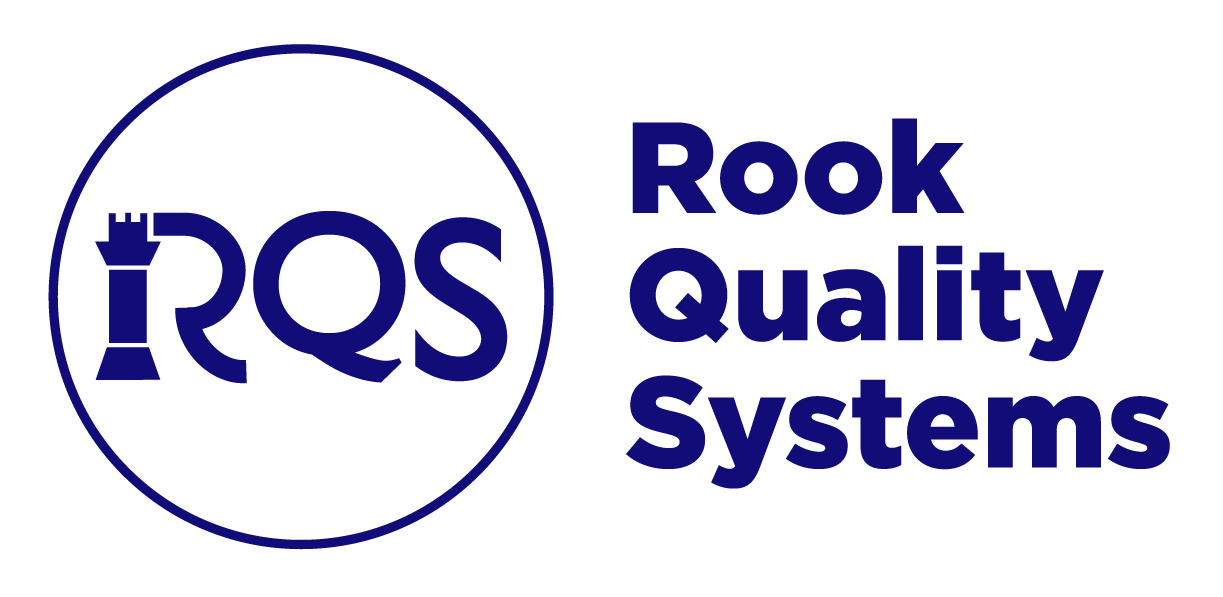Link to the Policy Document: https://www.fda.gov/media/136290/download
The FDA recently put out a new enforcement policy for digital health devices treating psychiatric disorders during the COVID-19 Public Health Emergency. Release of the policy is intended to help expand the availability of digital health therapeutic devices for psychiatric disorders to facilitate consumer and patient use while reducing user and healthcare provider contact and potential exposure to COVID-19. Please note that digital health devices that are intended to be solely or primarily relied upon by the health care professional or patient to make a clinical diagnosis or treatment decision are not within the scope of the guidance. Examples of exempt software functions include those that are intended to treat psychiatric conditions, treatment for psychiatric conditions that may require urgent/immediate clinical intervention, or where the function is intended to replace face-to-face or telehealth treatment sessions.
The policy applies to the following devices:
-
Computerized behavioral therapy (CBT) devices
-
Devices that fall under 21 CFR 882.5801 (Class II, prescription, PWE)
-
Digital health therapeutic devices that operate using a different fundamental technology than computerized behavioral therapy
-
Non-prescription computerized behavioral therapy devices
-
Low-risk general wellness and digital health products for mental health or psychiatric conditions
For the devices listed above, if the devices do not create undue risk, the FDA does not intend to object to their distribution and use without compliance with the following requirements, as applicable:
-
Submission of a premarket notification under section 510(k) of the FD&C Act and 21 CFR 807.81;
-
Reports of Corrections and Removals requirements in 21 CFR 806;
-
Registration and Listing requirements in 21 CFR Part 807; and
-
Unique Device Identification (UDI) requirements in 21 CFR Part 830 and 21 CFR 801.20
For computerized behavioral therapy devices for psychiatric disorders subject to this policy, FDA does not intend to enforce compliance with the special controls identified in 21 CFR 882.5801
Additionally, FDA does not intend to enforce applicable regulatory requirements to software product with low-risk general wellness indications or functionality that would otherwise be classified as a medical device.
In order to establish that a device does not create undue risk, the following items must be established at a minimum:
-
Software verification, validation, and hazard analysis has been completed successfully
-
Implemented cybersecurity protections follow FDA premarket and postmarket recommendations
-
The labeling specifically instruct the patient to contact a physician before using the device
-
The user is prompted to acknowledge the recommendation to contact a physician before use
In addition, the labeling for these devices should contain the following elements:
-
A clear statement that the patient contact a physician before using the device
-
Provide information about how to access additional resources related to the treatment of psychiatric conditions
-
A clear description of the device’s indication including:
-
The psychiatric condition/disorder the device is intended to treat
-
A description of the intended patient population
-
A description of the therapeutic method
-
A clear description of the recommended duration and frequency of use
-
Instructions for use, including images that demonstrate how to interact with the device
-
A summary of the clinical testing with the device including:
-
An outline of available clinical performance testing including methods and results OR
-
An explicit statement that the device has not been clinically tested and may therefore have unknown benefits and risks
-
A description of the method of determining any treatment recommendations
-
A prominent notice to both the patient and health care provider, as applicable, that recommendations provided by the device are supporting and should not be solely or primarily relied upon to treat psychiatric conditions
-
A warning that the device does not represent a substitution for the patient’s medication
-
A statement as to whether the device is available with or without a prescription
-
Instructions on when the user should consult a health care provider
-
A clear statement of what to do if the symptoms are not improving, and in what time period improvement should be expected
-
Instructions on what to do in case of a medical emergency
-
A clear identification of any device indications/functions that are not FDA-cleared
Refer to the guidance document for specific examples of software functions that the FDA does not consider to be devices and may consider to be considered devices but will not enforce requirements during the public health emergency. For software functions that are not considered to be devices, the FDA will not provide any regulatory oversight over use of the function.
Please reach out to the RookQS team if you have any questions on this guidance or need help getting your software in compliance with the guidance.
